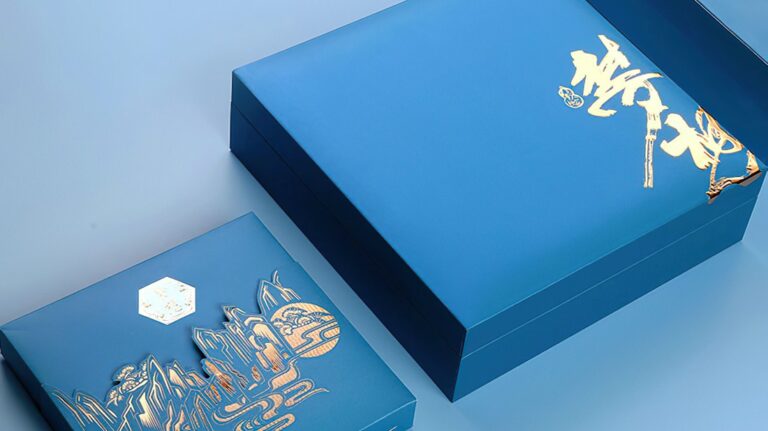Let’s say you’re selling a product, and your product probably needs some kind of packaging – what kind of packaging? Hard or flexible packaging!
Let’s take a closer look at the characteristics, advantages and disadvantages of these two packaging forms to see which packaging is more suitable for your product and more meaningful to the brand.


What is hard packing?
Rigid packaging includes any kind of packaging designed to maintain its shape under a variety of conditions. From single-layer or corrugated cardboard containers to plastic boxes and glass jars, this form of packaging can use a variety of packaging materials. If it is not designed for crushing or twisting, it is considered hard packaging.
They may be well protected, but at the same time, they are heavier and more expensive than flexible packaging.


What is flexible packaging?
Software packaging can differ as a type of packaging that can be quickly shaped and changed. Using fewer materials and combining the best qualities of plastic, film, foil and paper, it is used in marketing products all over the world.
In general, the best option is to minimize waste, protect the product from high temperatures, and extend its shelf life to provide the best protection. Software packaging can be reused, can be resold, and can be supported for longer periods of time, resulting in significant cost savings.
Flexible packaging includes all expandable packaging. Some common examples of flexible packaging include shrink film, soft bags, sealed tape, blister or skin packaging, and clamps.
What is a rigid box?
Custom hard boxes made from solid cardboard and covered with printed and inflatable paper, leather or fabric packaging are the perfect combination of product safety and perceived luxury.
In general, rigid (set) boxes are larger than folding cartons and are made of 36-120pt thick plates covered with printing paper. Normally, these boxes don’t fold flat. They have a variety of excellent structural layouts, paper packaging (gold foil or textured paper, paper back fabric or printed plain white paper) graphics are almost endless.
The sturdy box is visually appealing and structurally impressive, with a sense of luxury and elegance. The quality is great for smaller, high-end items, such as jewelry or electronics. Many customers even save and recycle hard cases long after the initial purchase, providing excellent opportunities for long-term product/brand identification.
Can the box be recycled?
No, due to the use of a thin plastic film in the laminating process at the top of the wrapping paper, all custom rigid boxes are not recyclable.
Except for a small amount of lamination, the rest of the rigid box particles can be recovered. Kraft paper based hard boxes are 100% recyclable, ecological and reusable. We offer you the best rigid and flexible packaging that is 100% recyclable.
Here are the key differences between them:
• Because the packaging materials are used to make hard packaging, the size and weight of hard packaging are heavier than that of flexible packaging. Hard packaging is made of denser, heavier materials, while flexible packaging is usually made of plastic, foil, and paper, making it lower in weight than hard packaging.
• Rigid packaging provides better protection from heat. When associated with other obstacles;
• Software packaging items are stronger and have a much longer shelf life than hardware packaging;
• Software packages bounce when dropped from transport vehicles during transport or on shelves, while hardware packages sag and sometimes break when dropped;
• Relatively speaking, the production cost of flexible packaging is usually lower than that of hard packaging.
Advantages of hard packing
Impact protection: Hard packaging provides excellent impact protection. In addition to the rigidity of the packaging material, you can also fill loose Spaces with foam peanuts or air pillows in wholesale packaging.
Hard packing is difficult to modify and very luxurious. For example, in wholesale custom printing, the design must be printed separately on paper. Then paste with adhesive to increase the cost. The shape of rigid packaging cannot be significantly modified to maintain durability.
Which packaging should you choose for your product? What kind of packing is best for you? Flexible or rigid? To answer this question, let us quickly understand your requirements and priorities:
• Environmental impact: Software packaging tends to use less and less supporting materials.
• Impact protection: If you sell fragile or troublesome products, use custom hard packaging.
• Preservation: Software packaging wins this award for excluding jars that can be resealed.
• Brand personalization: Flexible packaging is bound to stand out on the shelf compared to ordinary traditional hard packaging.
• Cost effective: You will spend less on shipping and handling when using lightweight, flexible packaging.
Spend some time on your budget, packaging design, packaging materials and marketing goals to decide on the perfect package for you. If you have any questions, please contact us immediately! Our packaging development experts can help you with the right solution!
Are you ready to buy hard and flexible packaging? If so, please do not hesitate to communicate with us, we are one of the best packaging companies on the market, trusted by our customers.
In addition, you don’t have to worry about its quality, because we use high-quality and durable materials that won’t break or be damaged during transportation. For more information about our printing and packaging services, please contact us today and book your order.


